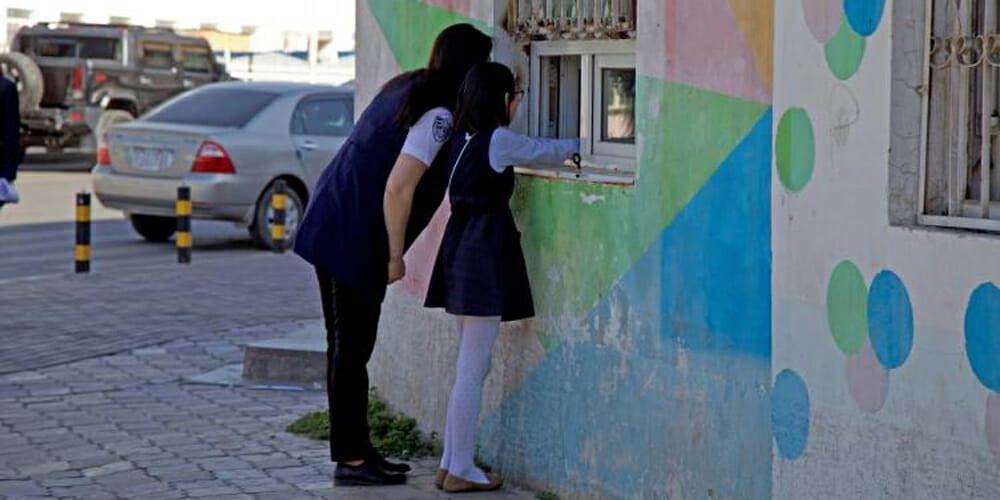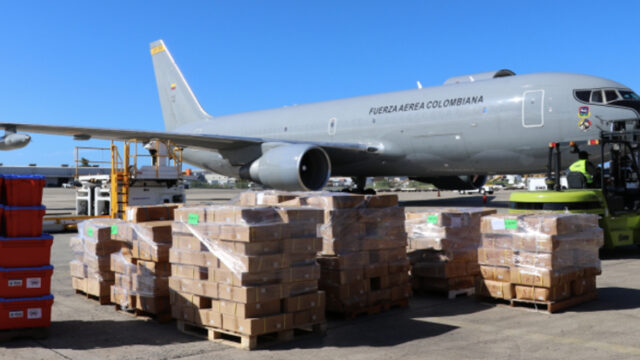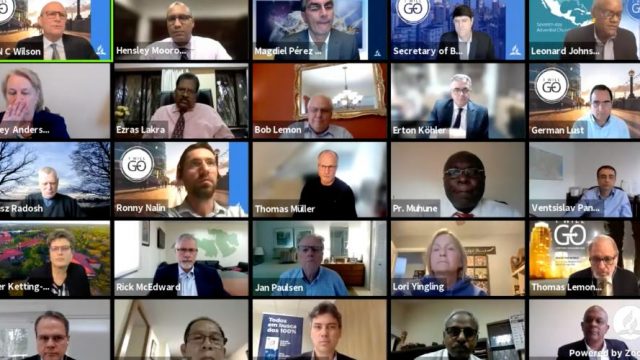Project has focused on tobacco control and support for smoking cessation programs.

Researchers from the School of Public Health (SPH) of Loma Linda University (LLU) in Loma Linda, California, have documented that Mongolian children are being targeted for illegal sales of cigarettes near their schools, creating the foundation for policymakers to implement new regulations for tobacco control in their communities.
In 2017, the United States National Institutes of Health (NIH) awarded a US$1.4 million grant to a team of researchers from LLU SPH to study tobacco control in Mongolia, Laos, and Cambodia and to create a database that shows where smokers are buying cigarettes.
The grant’s principal investigator is Pramil Singh, director of the Center for Health Research at LLU SPH. He said tobacco companies have been able to attract buyers in Southeast Asian countries by selling low-cost cigarettes.
“Tobacco companies are losing ground in the west but are gaining ground in the east, in Asia, by selling them at really low rates,” Singh said. “When we started our research, they were being sold for 20 cents a pack in Cambodia.”
In a study titled “Spatial and economic proximity of cigarette sales to school children in Mongolia,” researchers found that although the price of a pack of cigarettes has risen to the equivalent of US$1.80, students who couldn’t afford packs at that price were still more likely to be cigarette users even if they couldn’t afford them. The study said that students who were given less than US$2 a week of pocket money were two times more likely to be current cigarette users.
Additionally, of those who smoke, 37.5 percent smoked single cigarettes. When vendors were found near children’s schools, that number increased to 47.5 percent.
For their NIH grant, Singh and his colleagues are developing mobile applications for surveys in Asia. Street researchers will ask smokers for permission to photograph the tax stamps on their cigarette packets and record a geocode of the location the cigarettes are purchased. They are also collecting information about cigarettes that were sold without tax stamps, indicating they were purchased illegally.
The directory will help Singh and his team provide information to the Mongolian government about patterns of tobacco sales and use. Mongolia, Laos, and Cambodia all ratified the World Health Organization’s 2005 Framework Convention on Tobacco Control treaty. In signing the treaty, the three countries agreed to tax cigarettes so heavily as to put them beyond the reach of teenagers and average consumers. They also agreed to ban cigarette advertising on billboards and television as well as cigarette advertisements aimed at women and children. However, even with this treaty in place, Singh and his colleagues conclude that cigarettes still find their way into the hands of young children.
Singh and his team presented their results to the 17th World Conference on Tobacco and Health in Cape Town, South Africa, in March 2018.
Singh says this NIH-funded research is part of the team’s larger catalog of work they are hoping to do in Eastern countries. In November of 2019, 17 Mongolian hospitals will open their doors to hundreds of local adults who will take part in the tobacco cessation program, due to research by LLU SPH. The program, funded by the Pfizer Foundation, will use a new medication called cytisine on 350 patients, while a control group of 350 will go through usual cessation care. The program is free for the patients and uses a medication that costs US$20 compared to other cessation drugs that can run up to US$500.
“No one in the developing world has $500 to spend on treatment,” Singh said. “This creates the most cost-effective smoking cessation treatment on the market for the under-developed world.”








